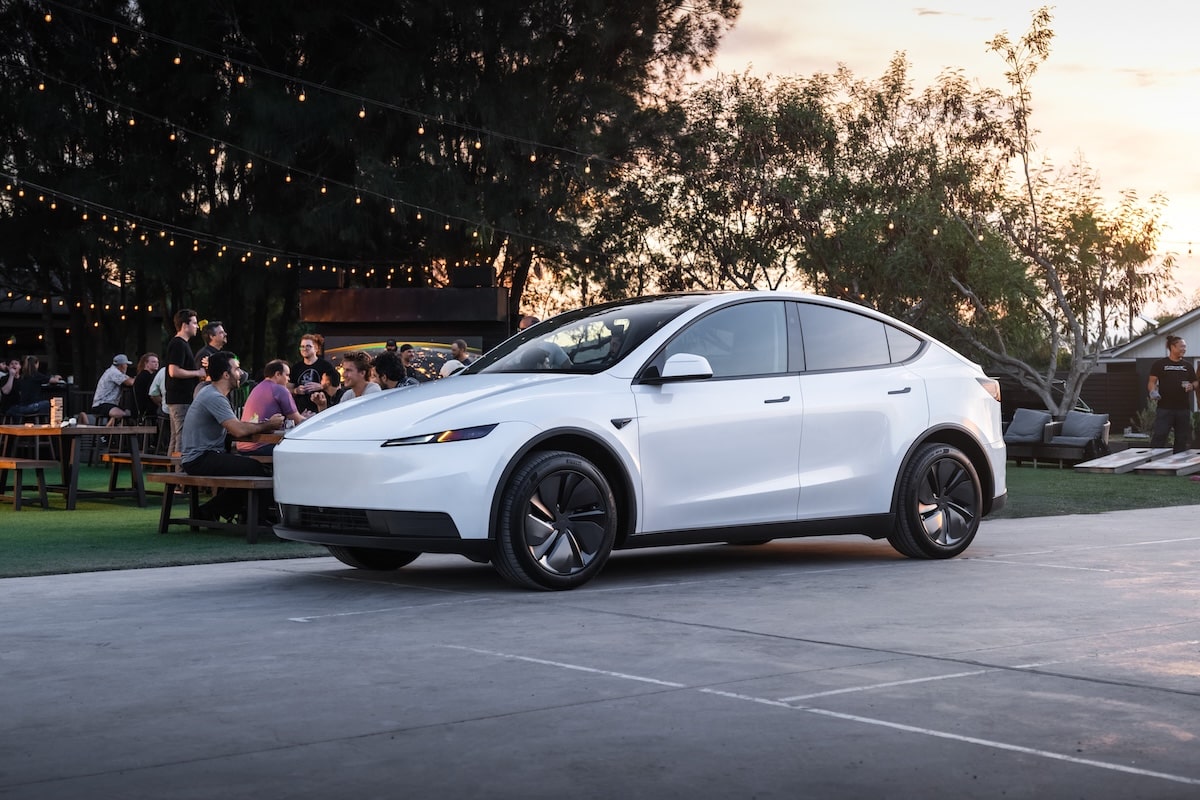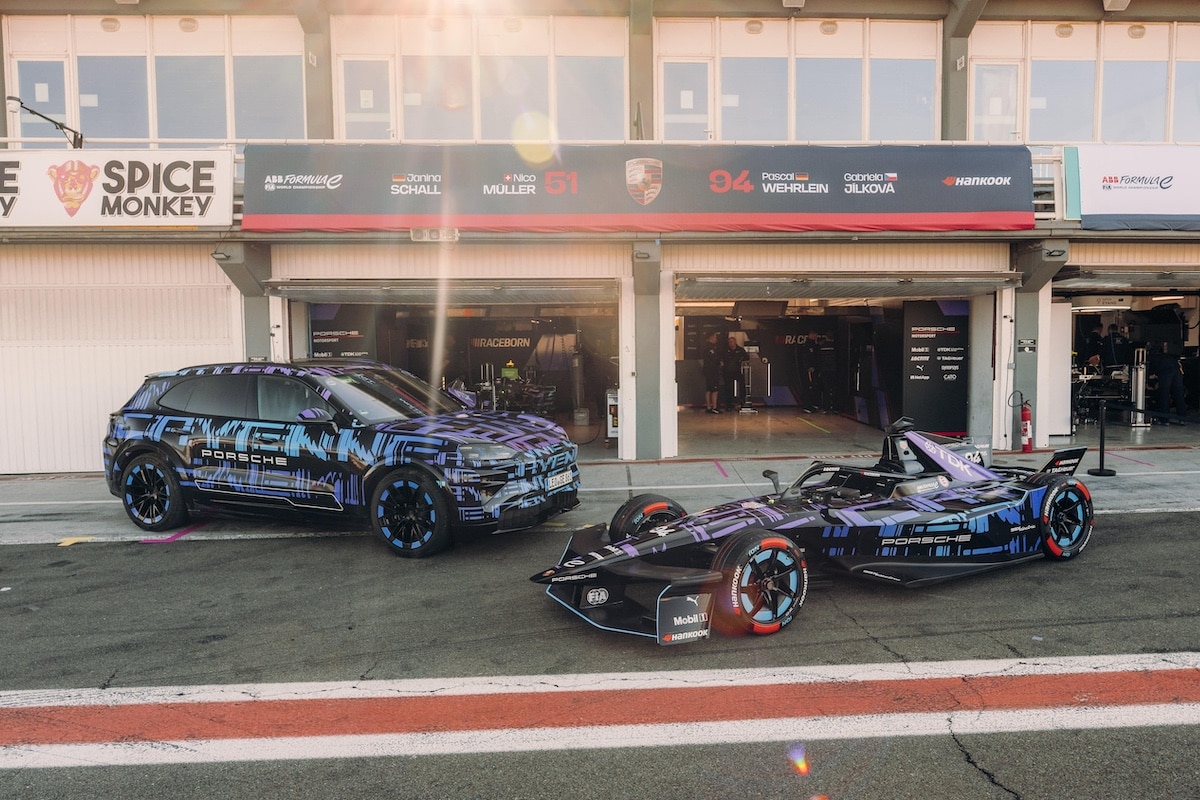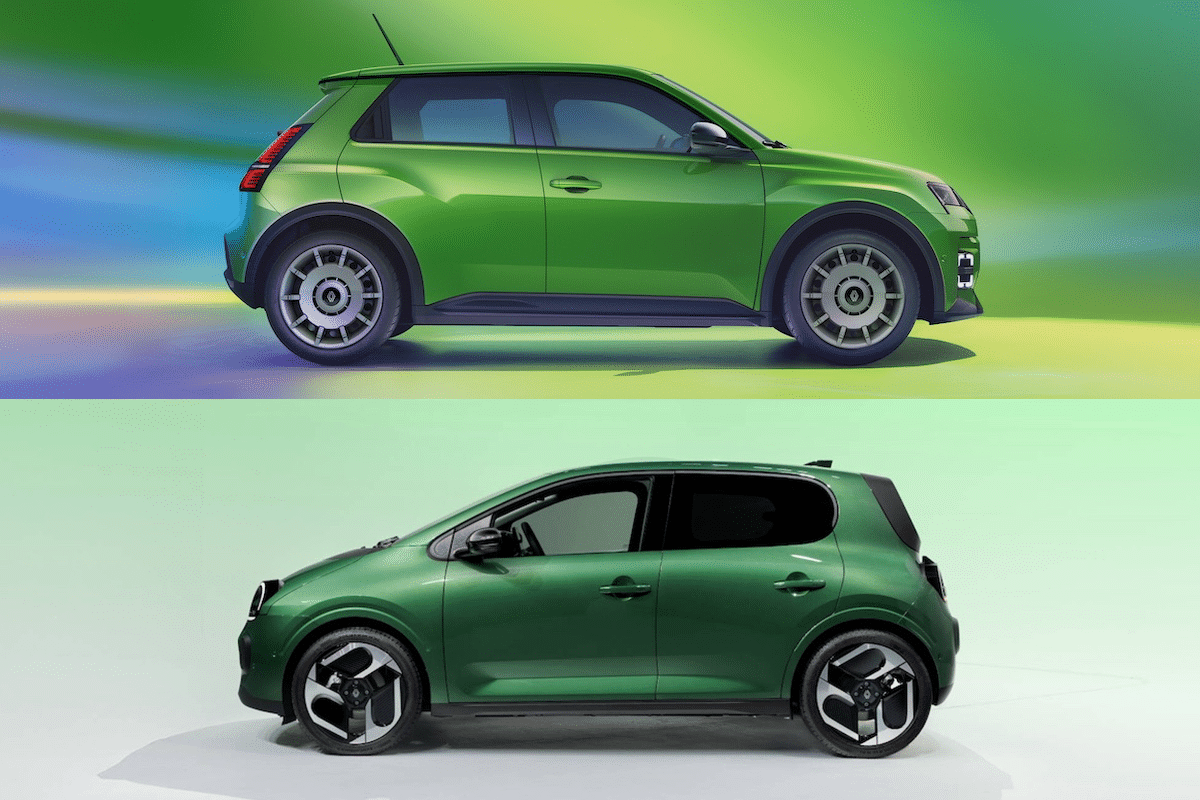XPeng IRON: A Humanoid Robot and Controversial Breasts

XPeng, a Chinese manufacturer known for its electric vehicles, created some unease by unveiling IRON, its humanoid robot.
Xpeng aims to follow the trajectory of Tesla by diversifying its activities, revenues, and relationship with technology as much as possible. The Chinese automaker doesn’t want to be confined to a limiting industrial status and wants to be a high-tech company: cars certainly, but also eVTOLs, artificial intelligence, and now robotics.
Unveiled at the XPeng AI Day 2025, IRON is a humanoid robot standing 1.73 m tall and weighing around 70 kg, designed to operate in human environments, especially the group’s factories where it could assist operators with assembly or inspection tasks.
Its architecture includes 60 joints and nearly 200 degrees of freedom, allowing fluid and natural movements. Public demonstrations impressed audiences with the smoothness of its gestures, to the point that some spectators believed… a human was hidden inside.
Announced as a major breakthrough in robotics applied to the automotive industry, the project also sparked reactions for an unexpected reason: the presence of a “female” version of the robot, featuring exaggerated human forms, notably an artificial chest.
You might be interestedin this article:
A sexualization that annoys feminists
The robot is powered by XPeng’s in-house artificial intelligence, called Turing AI, combined with a perception system named “Eagle Eye,” capable of processing a 720° environment. The hands, designed at 1:1 scale, each have 22 degrees of freedom, allowing manipulation of tools or automotive parts. XPeng aims for mass production starting in 2026, intended for its own factories, then for broader commercial and even domestic applications. Farewell to the housekeeper in the long run…
This is where the presentation of IRON slipped into controversy. Alongside the standard prototype, XPeng showed a second version of the robot, with a feminine appearance, featuring humanized traits – slimmer waist, wider hips, and a visible chest under the suit.
A design choice that immediately triggered reactions online. On Chinese social networks (Weibo, Xiaohongshu) as well as Western ones, many users wondered: “Why sexualize a machine meant to work in a factory?” “They talk about efficiency, AI, and then they release a version with breasts. It’s uncomfortable.”
Even some specialized Chinese media mocked this “unnecessarily gendered” design. Others see it as a reflection of cultural and marketing bias, where anthropomorphic technology must adopt human aesthetic codes, including those of gender.
Symbolism or clumsiness?
At XPeng, no clear explanation has been given. Engineers simply mentioned “design variants” for different contexts, without specifying the function of a feminine version. Yet the choice seems deliberate: the chest has no mechanical purpose, and the gendered aspect doesn’t correspond to the needs of an industrial robot.
This type of design raises a broader societal and ethical question: to what extent should robots be made “human”? And why does this humanization so often pass through a feminized and sexualized representation?
The controversy comes at a bad time as SHEIN makes headlines with its pedopornographic dolls…
ALSO READ: Elon Musk’s compensation: towards a global anti-Tesla boycott?
This page is translated from the original post "XPeng IRON : un robot humanoïde et des seins qui font polémique" in French.
We also suggestthese articles:
Also read



